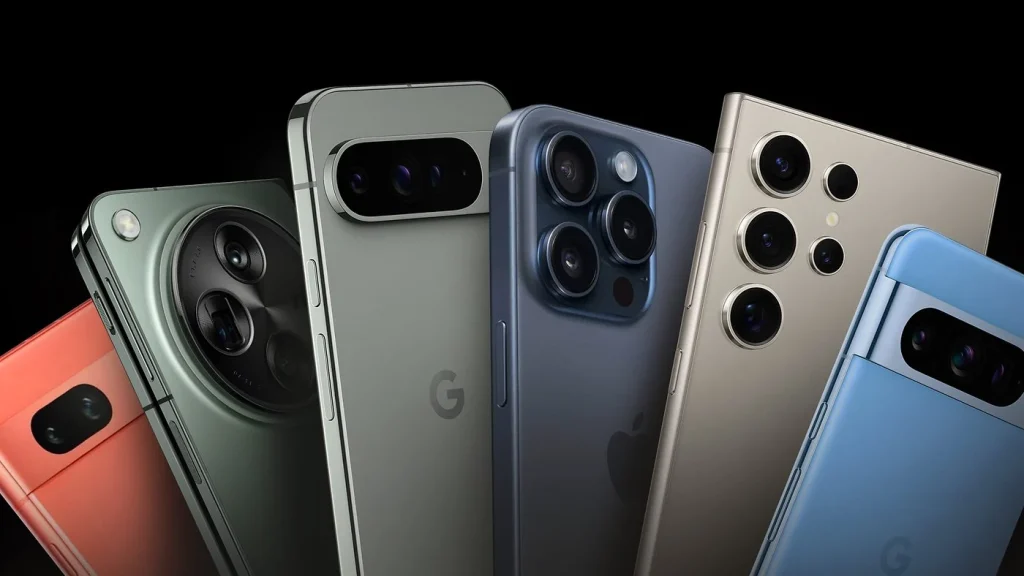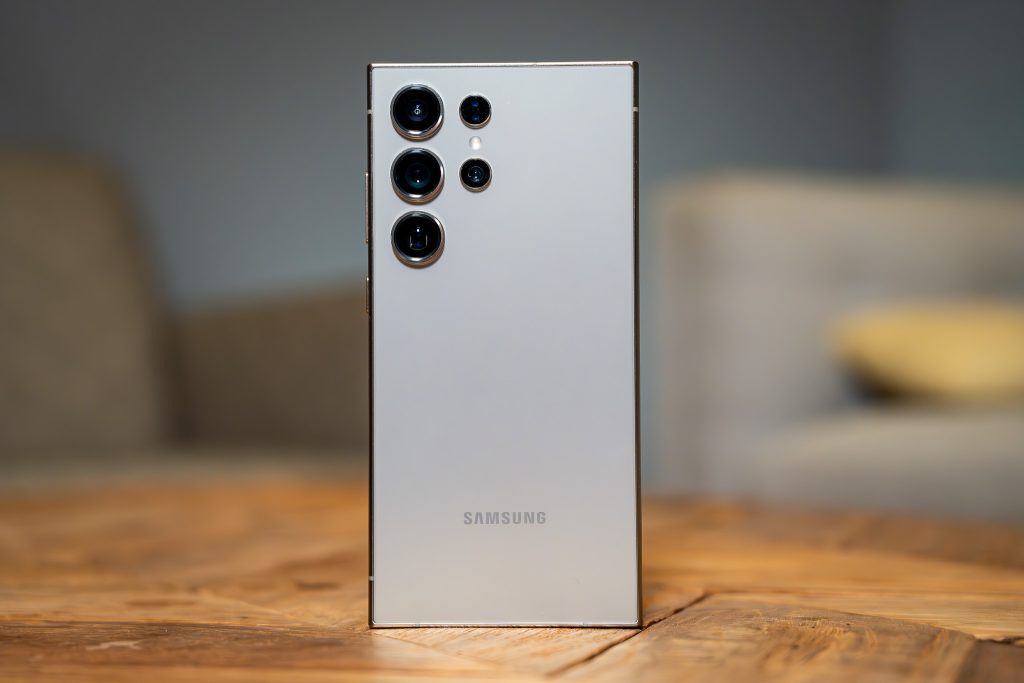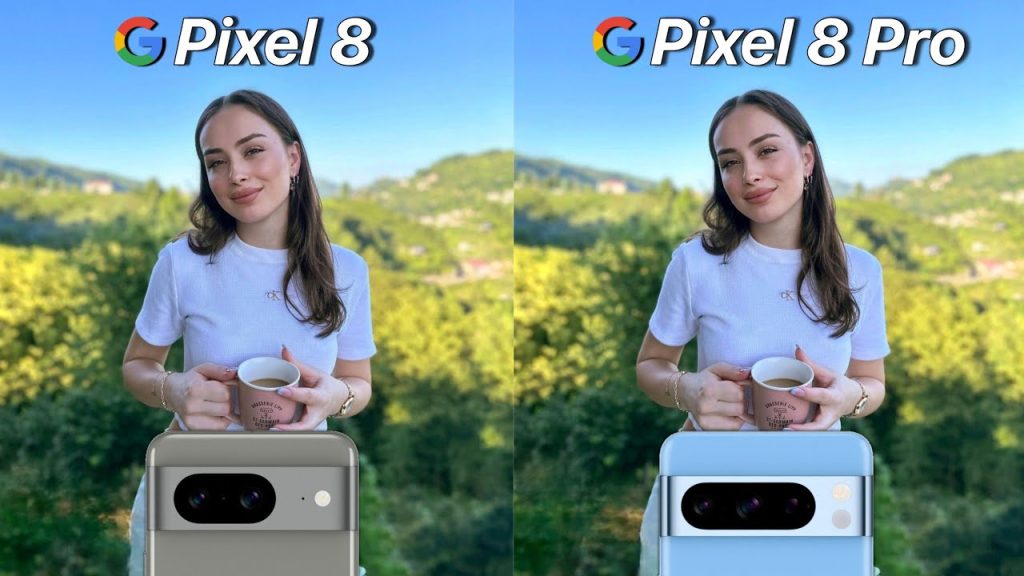In today’s digital age, smartphone cameras have evolved dramatically, rivaling even professional DSLRs in some cases. Whether you’re a photography enthusiast or a casual shooter, understanding smartphone camera technology can help you make an informed purchase.
This guide covers:
✅ Key smartphone camera specifications
✅ Which smartphone has the best camera in 2024
✅ Understanding megapixels vs. sensor size
✅ Top camera smartphones compared

1. Key Smartphone Camera Specifications
Before choosing a smartphone for photography, consider these essential specs:
A. Megapixels (MP) – Does More Mean Better?
- Megapixels determine image resolution (e.g., 12MP = 12 million pixels).
- Higher MP allows for larger prints and better cropping but doesn’t guarantee better quality.
- Most flagship phones use 12MP-50MP sensors, balancing detail and low-light performance.
B. Sensor Size – The Real Key to Image Quality
- A larger sensor captures more light, improving dynamic range and low-light shots.
- Measured in fractions (e.g., 1/1.28” in Samsung Galaxy S24 Ultra).
- Bigger sensors outperform high-megapixel tiny sensors.
C. Aperture (f-stop) – Light Intake Matters
- Lower f-numbers (e.g., f/1.8) mean wider apertures, better for low light.
- Higher f-numbers (e.g., f/2.4) are common in ultra-wide or telephoto lenses.
D. Optical Image Stabilization (OIS) vs. Electronic (EIS)
- OIS physically stabilizes the lens, reducing blur in shaky shots.
- EIS crops and stabilizes digitally, useful for video.
E. Zoom Capabilities
- Optical Zoom (e.g., 3x, 5x, 10x) uses lens magnification without quality loss.
- Digital Zoom crops and upscales, reducing quality.
F. Computational Photography (AI & Software)
- Night Mode – Enhances low-light shots using AI stacking.
- HDR – Balances shadows and highlights for better dynamic range.
- Portrait Mode – Simulates DSLR-like bokeh using depth mapping.
2. Which Smartphone Has the Best Camera in 2024?
Based on lab tests and real-world performance, here are the best camera phones in 2024:

🥇 Samsung Galaxy S24 Ultra
- Main Camera: 200MP (f/1.7, 1/1.3″ sensor)
- Ultra-Wide: 12MP (f/2.2)
- Telephoto: 10MP (3x) + 50MP (5x) periscope zoom
- Best For: Versatility, zoom, and AI-enhanced photography

🥈 iPhone 15 Pro Max
- Main Camera: 48MP (f/1.78, sensor-shift OIS)
- Ultra-Wide: 12MP (f/2.2)
- Telephoto: 12MP (5x periscope zoom)
- Best For: Video recording, natural colors, ProRes support

🥉 Google Pixel 8 Pro
- Main Camera: 50MP (f/1.68, large sensor)
- Ultra-Wide: 48MP (f/1.95)
- Telephoto: 48MP (5x zoom)
- Best For: Computational photography, Night Sight, AI editing
🏅 Other Top Contenders:
- Xiaomi 14 Ultra – Leica-tuned 1-inch sensor (best for pro photographers).
- OnePlus 12 – Hasselblad partnership, excellent color science.
- Vivo X100 Pro – Zeiss optics, superb portrait mode.
3. Megapixels vs. Sensor Size – What Matters More?
High Megapixels ≠ Better Photos 🔹
- A 108MP phone with a tiny sensor (e.g., Samsung ISOCELL HM3) may lose to a 12MP iPhone with a larger sensor.
- More pixels crammed into a small sensor lead to noise in low light.
Why Sensor Size is Crucial 🔹
- A 1-inch sensor (like in Xiaomi 13 Ultra) captures 2.4x more light than a typical 1/1.28” sensor.
- Bigger sensors = Better dynamic range, less noise, and superior bokeh.
Pixel Binning – The Smart Compromise 🔹
- Many phones combine pixels (e.g., 200MP → 12MP) for better low-light shots.
- Example: Samsung’s Nonapixel tech merges nine pixels into one for brighter images.
4. Smartphone Camera Buying Guide (2024)
📸 Best for Photography Enthusiasts:
- Samsung S24 Ultra (best zoom, AI features)
- Xiaomi 14 Ultra (1-inch sensor, Leica lenses)
🎥 Best for Videography:
- iPhone 15 Pro Max (best stabilization, ProRes LOG)
- Google Pixel 8 Pro (best HDR, Night Video)
💰 Best Budget Camera Phone:
- Google Pixel 7a ($499, flagship-level processing)
- iPhone SE (2024) (single-lens but excellent computational photography)
5. Future of Smartphone Cameras
- Periscope Zoom (10x+ optical) – More phones will adopt this.
- AI-Generated Edits – Google & Samsung use AI to remove objects, enhance details.
- Larger Sensors – 1-inch sensors may become mainstream.
Final Verdict: What Should You Buy?
✔ For the best overall camera: Samsung Galaxy S24 Ultra
✔ For the best video & color accuracy: iPhone 15 Pro Max
✔ For AI-powered magic: Google Pixel 8 Pro
Smartphone cameras are now more powerful than ever. By understanding sensor size, megapixels, and computational photography, you can pick the perfect device for stunning photos and videos.
Which smartphone camera do you think is the best? Let us know in the comments! 🚀
Expand your knowledge: Discover more insights in our curated collection of tech features.
